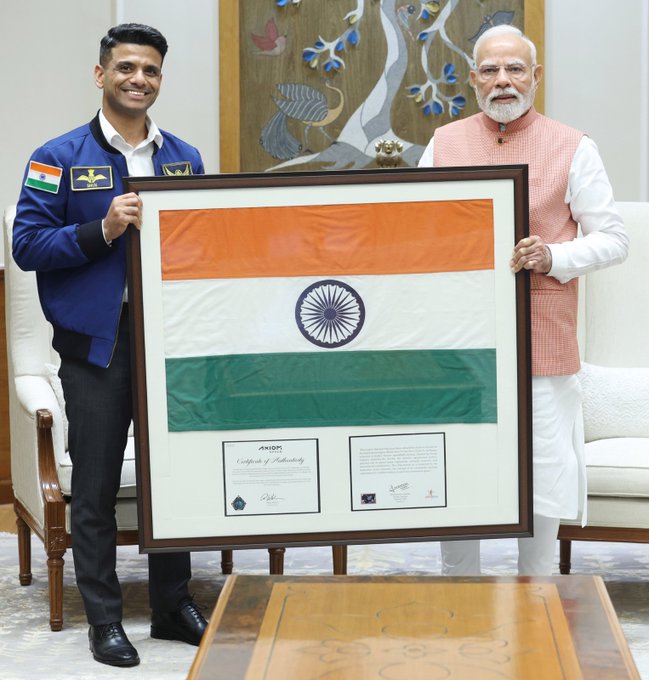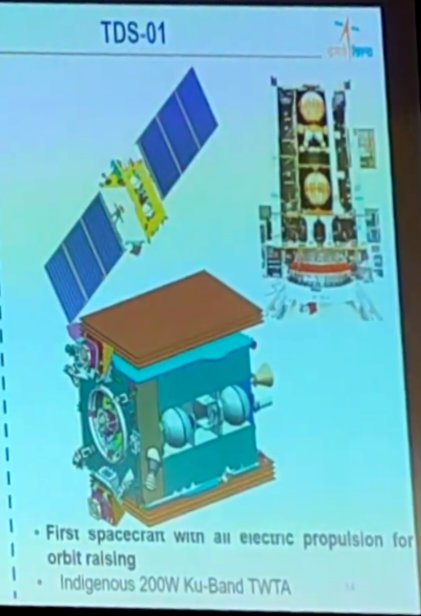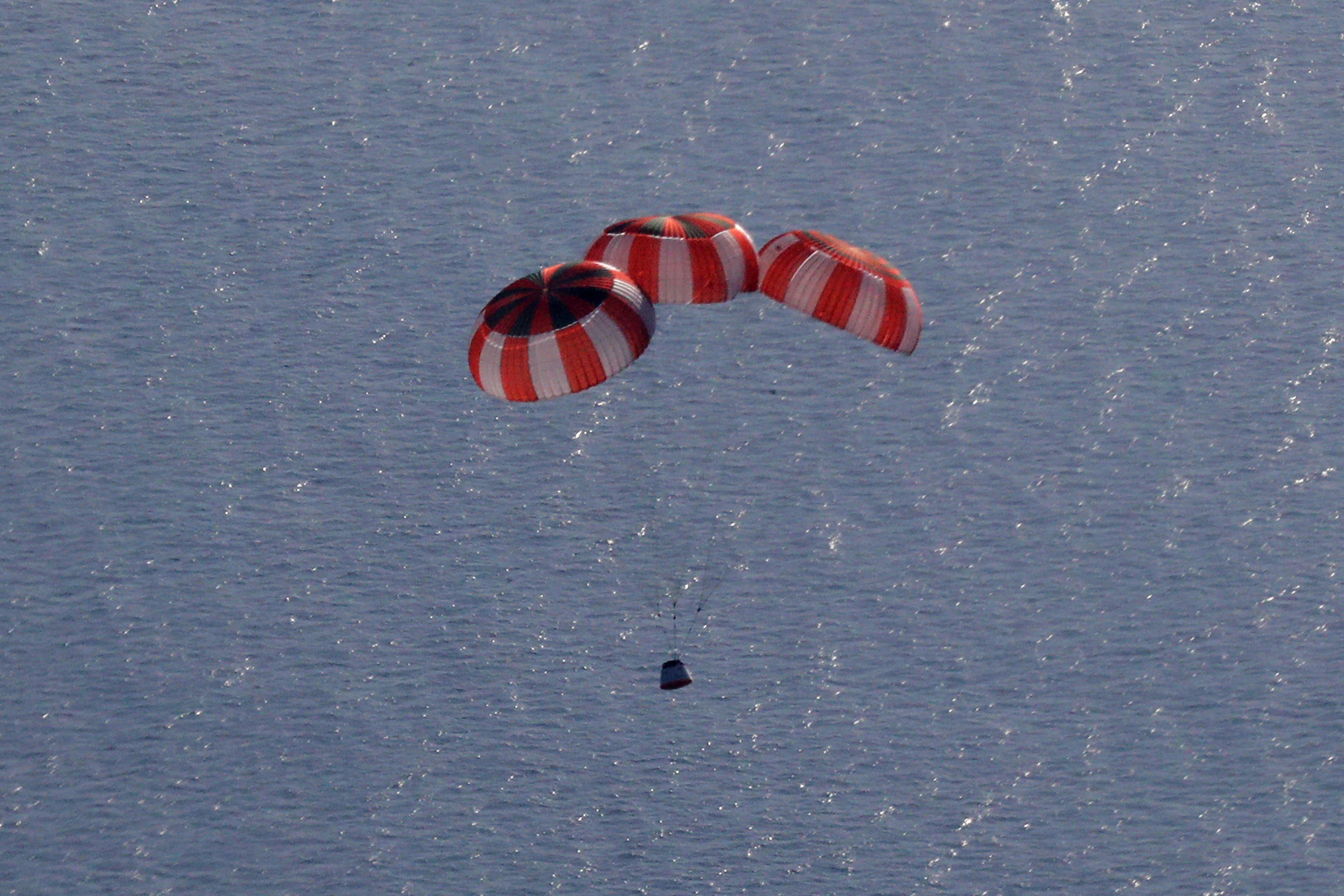NISAR – A Joint Journey in Science
- Amber G. (For BRF)
-
From someone who’s been following this closely — a scientist-teacher, and a quiet admirer of both nations’ space efforts.
Now that NISAR has successfully launched — a major milestone in US–India cooperation in space science — I thought it might be useful (and a bit satisfying!) to look back at some key moments from its journey.
What follows is a quick recap of updates and reflections
I’ve shared in the US–India thread over the last few years. .
Please see the detail post(s) under each heading.
Not official press releases — just a collection of informal posts from yours truly, a scientist and teacher who’s been quietly proud of this unique collaboration and what it stands for.
-
April 2022 – Diplomatic Spotlight
In the official India–US joint statement, NISAR was mentioned prominently — a sign of how important this scientific mission was to both governments.
It wasn’t just about satellites — it showed how Earth observation and climate science had entered the strategic partnership space.
February 2023 – Nearing the Finish Line
(February 2023 – Nearing the Finish LineII )
1.
At-a-glance update:
Shared this brief note:
The NASA-ISRO Synthetic Aperture Radar (NISAR) mission was moving toward a 2024 launch.
It would use dual-frequency radar (L-band and S-band) to systematically track changes in forests, water, agriculture, and crustal deformation — all with open-access data.
2. B
ig move – Payload ships to India:
“Scientific heart of NISAR leaves JPL in style!”
In early Feb 2023, NASA’s radar payload was prepped and officially sent to India after a public rollout.
NASA’s Laurie Leshin and ISRO’s S. Somanath jointly highlighted how this mission could monitor everything from glacier motion to soil moisture.
Posted photos of the equipment inside JPL’s clean room — looked stunning.
August 2023 – Reflections Amid Big Announcements
Around the time news of the Biden-Modi State Visit broke, I re-shared the NISAR post in the context of growing trust and cooperation between the two nations.
Also said this:
I was particularly happy when S. Somanath became ISRO Chairman — he’s respected by both scientists and the public, and also has a solid reputation in NASA and US circles.
Felt like a moment worth acknowledging — one where science, leadership, and diplomacy all aligned.
June 2025 – The Launch
Finally, the big news:
NISAR planed to be launched in 2025
I shared a summary of what makes this mission special:
What NISAR does:
Uses synthetic aperture radar to detect minute Earth changes (down to centimeters)
Works day or night, in all weather
Data is freely available — supporting:
Disaster response (e.g., floods, landslides, oil spills)
Climate monitoring (e.g., ice sheets, land deformation)
Agriculture (e.g., soil moisture estimation)
Features include:
Scans land and ice surfaces twice every 12 days
Tracks flooded vegetation, wetlands
Observes glacier motion, coastal erosion
Total cost: approx $1.5 billion
It's a triumph of open science, international trust, and engineering.
I also made it clear I wouldn’t waste time with online trolls — science like this deserves better.
----
Some personal refrection:
Flashy deep-space missions are fun — but missions like NISAR are where real-world impact and international cooperation shine brightest.
From California’s JPL to ISRO’s Satish Dhawan Space Centre, from radar arrays to rice paddies, from glacial flow to groundwater maps — this mission speaks to the planet’s needs.
It’s a proud moment — for science, for diplomacy, and for the many teams across two continents who made it happen.
– Amber G.


